The Best Time to Visit Iceland
Iceland is a thrilling destination to visit in any season. Winter dazzles with snow-dusted landscapes and the shimmering northern lights illuminating the night sky. Meanwhile, summer promises outdoor adventures beneath the midnight sun, whale watching, and much more.
Spring and fall may be “shoulder seasons” – periods with fewer visitors – but they offer their own wonders. Spring brings Iceland’s driest months when the snows melt, and the country welcomes its summer wildlife. And fall drapes the island’s landscapes in rich autumnal colors.
In this guide, you’ll discover the best time to visit Iceland for the exclusive activities on offer. But first, explore with us the unique charm of each season in the Land of Fire and Ice.
- Experience Iceland on a deluxe self-drive or privately guided tour.
A guide to seasons in Iceland
Each time of year has something special to offer in Iceland. Here’s what you can expect throughout the seasons.
Summer in Iceland
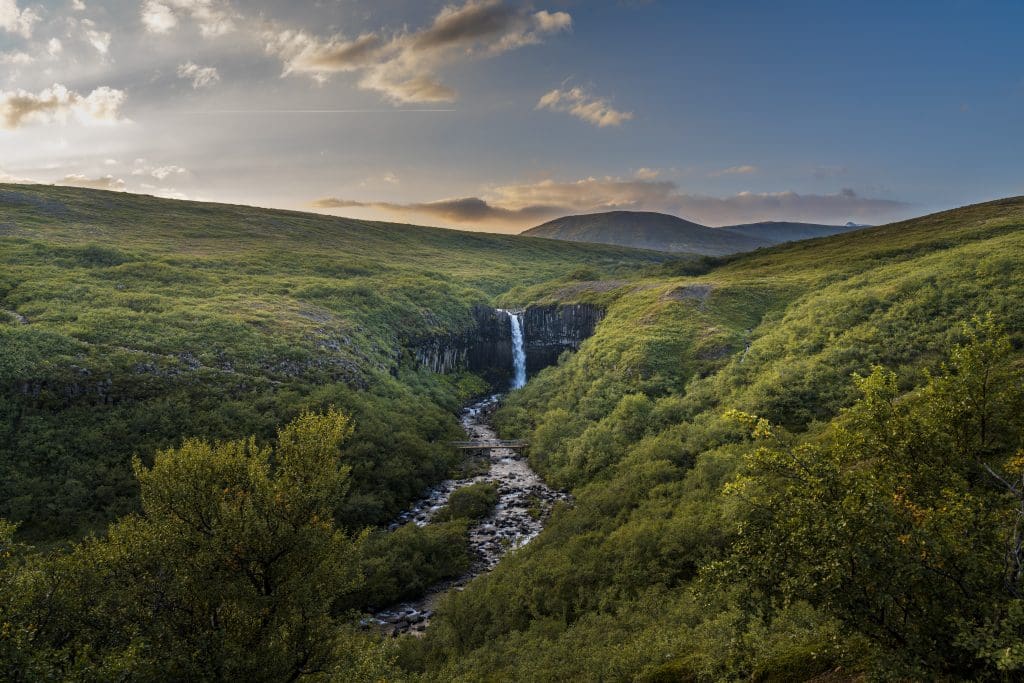
Stretching from June to August, summer is the most popular time to visit Iceland. With longer days and warmer weather, it’s a period when locals and visitors want to be outdoors basking in the endless daylight.
This is the season for off-the-beaten-track adventures in the mountains and highlands, parts of the country that are less accessible at other times of the year. Alternatively, it’s an ideal time for road trips around the Ring Road to see steaming hot springs, plunging waterfalls, towering glaciers, and more unforgettable sights.
In June and July, the sun never sets below the horizon. Travelers have longer days to enjoy exclusive experiences, such as whale-watching expeditions or private picnics among the rhyolite mountains of Landmannalaugar.
Iceland sits just below the Arctic Circle, so warm layers will be necessary even in summer. During this season, average temperatures in Reykjavík range from 10°C (50°F) to 13°C (55°F).
- Get inspired with these top 10 Nine Worlds experiences in Iceland and Greenland.
Winter in Iceland
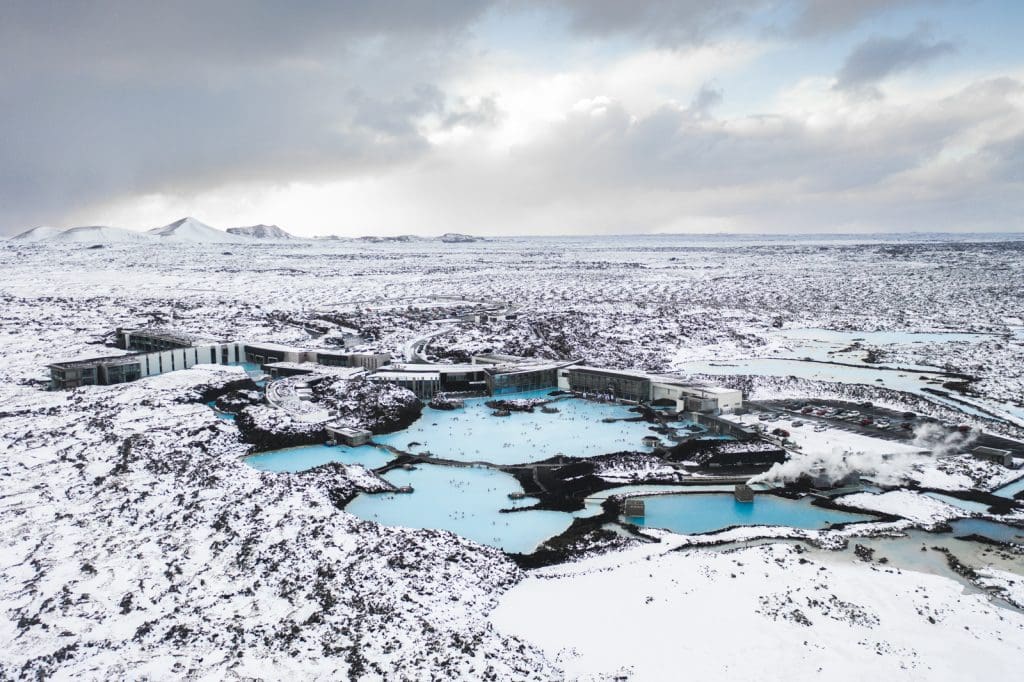
With longer nights and snowy landscapes, Iceland’s winter months have a different appeal. Around Christmas and New Year’s Eve, the towns are adorned with festive lights. But the real stars of the show are the northern lights, the magnetic waves of color in the Arctic sky.
Outside, the weather can sometimes be unpredictable. But it’s often dry enough to escape the city and see the countryside in its winter coat. For instance, travelers can take a private snowmobile tour across Eyjafjallajökull, an ice-capped volcano on Iceland’s south coast.
As the evening draws in, it’s the perfect opportunity to indulge in an Icelandic spa ritual. The Blue Lagoon, for example, offers luxurious wellness treatments and Michelin-starred dining.
Thanks to its location away from the city lights, the Blue Lagoon is an excellent vantage point to glimpse the hypnotic northern lights. Guests of the Retreat Hotel or the Silica Hotel, can request a wake-up call to ensure they won’t miss the aurora, even if it makes an overnight appearance.
Of course, Iceland’s winter is cold, but not as cold as many people expect. Average temperatures in Reykjavík, for example, range from 0°C (32°F) to 3°C (37°F).
- Learn what to pack on a summer or winter trip to Iceland.
Spring in Iceland
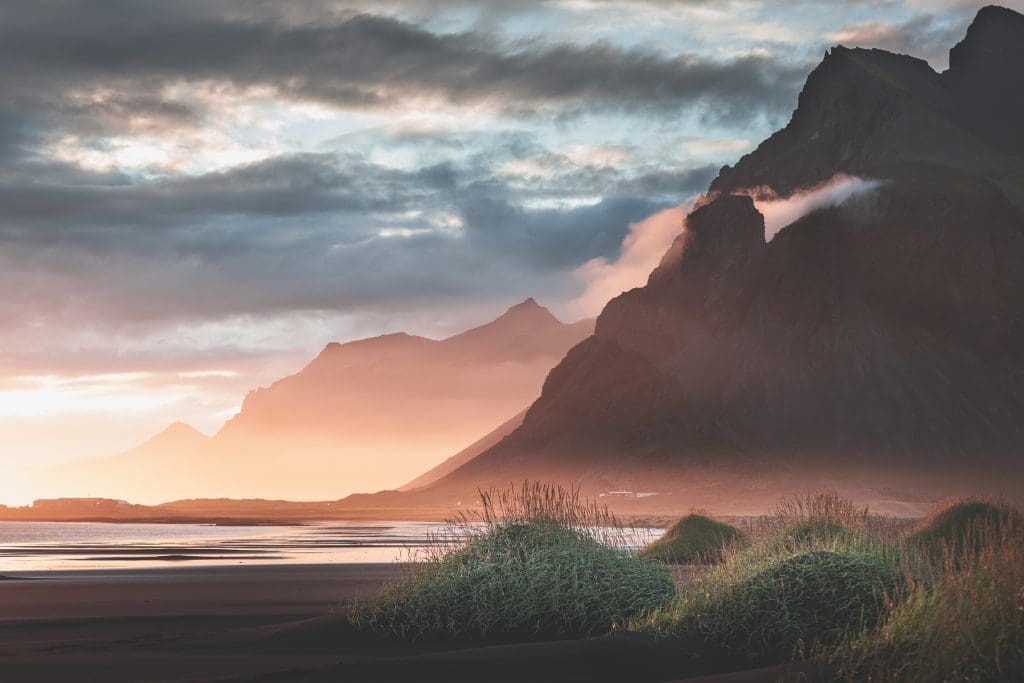
Traditionally, the start of spring is marked by the arrival of the golden plover, a bird that makes Iceland its summer home. This usually occurs around March, as temperatures rise and the nights get gradually shorter.
The golden plover is a symbol of the return of nature after winter. And it’s exactly this that visitors can experience during the months of May and June. Puffins return to Iceland’s shores in spring and a variety of whales can be seen later in the season.
The beauty of Icelandic spring is that the best of winter isn't over yet. Visitors can still glimpse the northern lights and venture into glacial ice caves, even as the country prepares for summer.
Average temperatures in Reykjavík are 2°C (36°F) to 6°C (43°F). Early in the season, nights can still be quite frosty, but it quickly warms up during the day.
Fall in Iceland
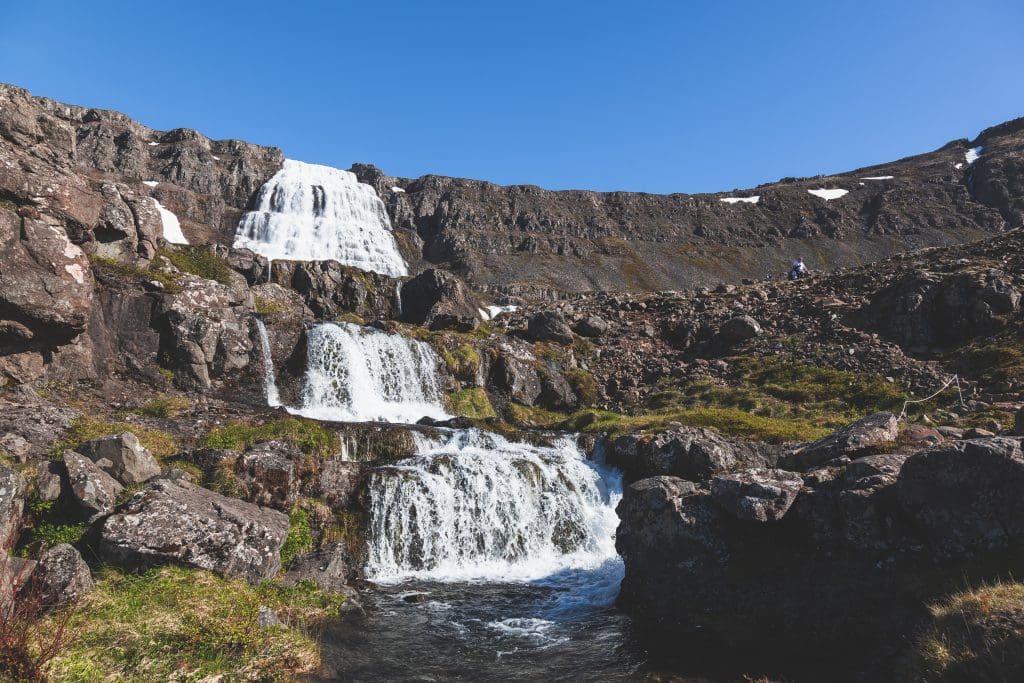
Fall is the season of vibrant natural colors, when trees turn to fiery gold and the first snows dust the hills. Temperatures are dropping, but nature is as beautiful as ever.
During this time, Iceland’s most famous sights can be enjoyed with fewer visitors around. For instance, visiting the Golden Circle’s powerful geysers and breathtaking waterfalls will be a more tranquil experience.
Throughout September, travelers still have time to witness Iceland’s exceptional wildlife. Whales and migratory birds are still here, but they’ll soon fly south for the winter. Arctic foxes, Iceland’s only native land mammals, are here year-round, but in autumn they change their brown coats to winter white.
Average temperatures in Reykjavík range from 3°C (38°F) to 8°C (46°F). Early in the season, it can feel like summer, but later it will be much cooler.
Best times to visit Iceland for…
Different seasons are better suited to particular activities. Read on to explore the best time of year to visit Iceland for exclusive experiences and tours.
- Discover unique things to do in Iceland in any season.
1. Whale watching
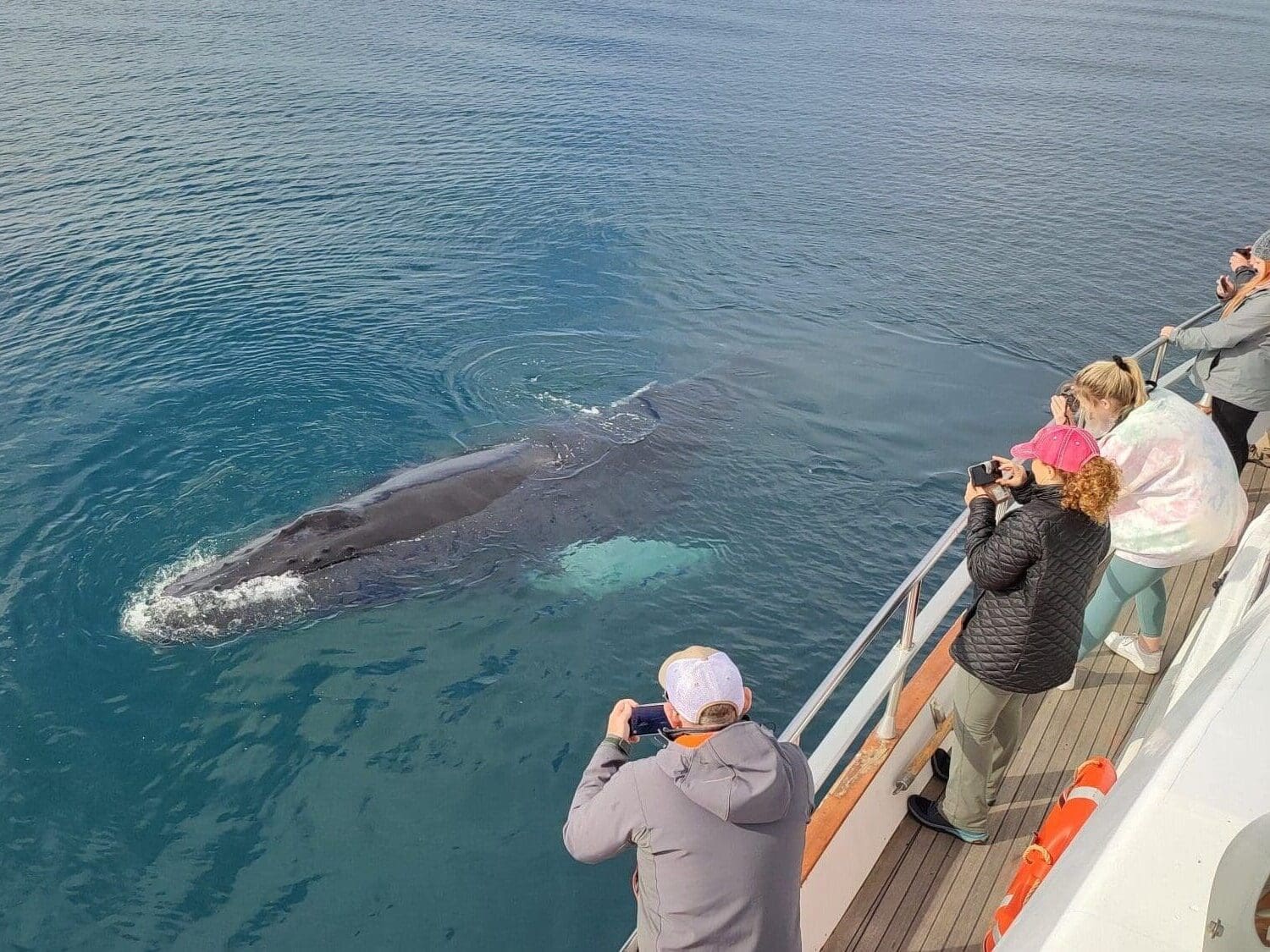
Best season: Late spring to early fall
The best time to travel to Iceland for whale watching is summer. These magnificent creatures tend to be migratory, swimming thousands of miles across the ocean. They arrive in Icelandic waters during spring, then leave once more in fall.
In summer, as many as 12 different species can be seen in Icelandic waters, including humpbacks, minke whales, sei whales, fin whales, and even blue whales. For an intimate encounter with these gentle giants, visitors can sail out to sea on a private luxury yacht.
While it might be the best season, summer is not the only time for sea life watching. Orcas can be spotted throughout the winter, as well as seals, porpoises, and dolphins.
2. Northern lights
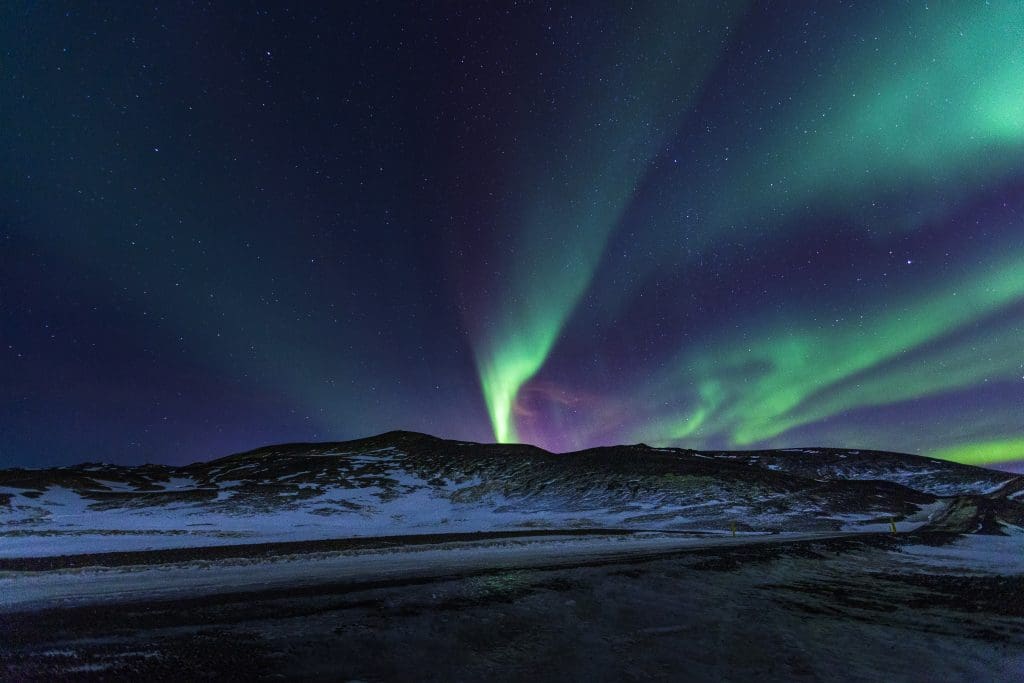
Best season: Mid-fall to mid-spring
Catching a glimpse of the captivating aurora borealis is an unforgettable experience. Thanks to its northern location and sparsely inhabited landscape, Iceland is the perfect place to see it.
The winter months are considered the best time to witness the northern lights. Fewer daylight hours means there’s ample opportunity to see this celestial light show. In winter afternoons, visitors can unwind in a geothermal spa such as the Blue Lagoon or Sky Lagoon, and catch the aurora dance above them.
While winter may be peak northern lights viewing season, they can also be seen in late fall and early spring. And, as the weather can be a little less unpredictable then, these seasons do have their perks.
- Discover an intimate setting to view the Northern Lights in this expert guide to Iceland's Deplar Farm.
3. The midnight sun
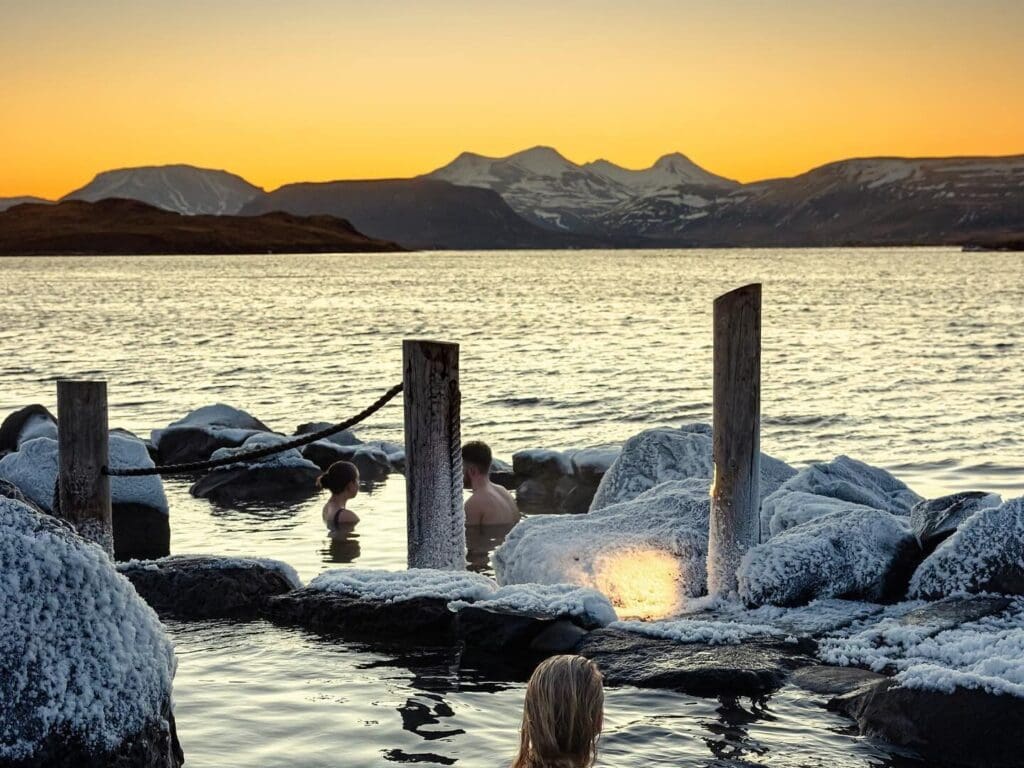
Best season: Summer
The midnight sun is a natural phenomenon when the sun never drops below the horizon, providing light throughout the night. It’s a beautiful time to be outdoors exploring the highlands on a private super jeep or watching puffin colonies nesting on seaside cliffs.
Sunlit nights only occur during the summer months. To experience them, May, June and July are when to visit Iceland.
4. Outdoor adventures
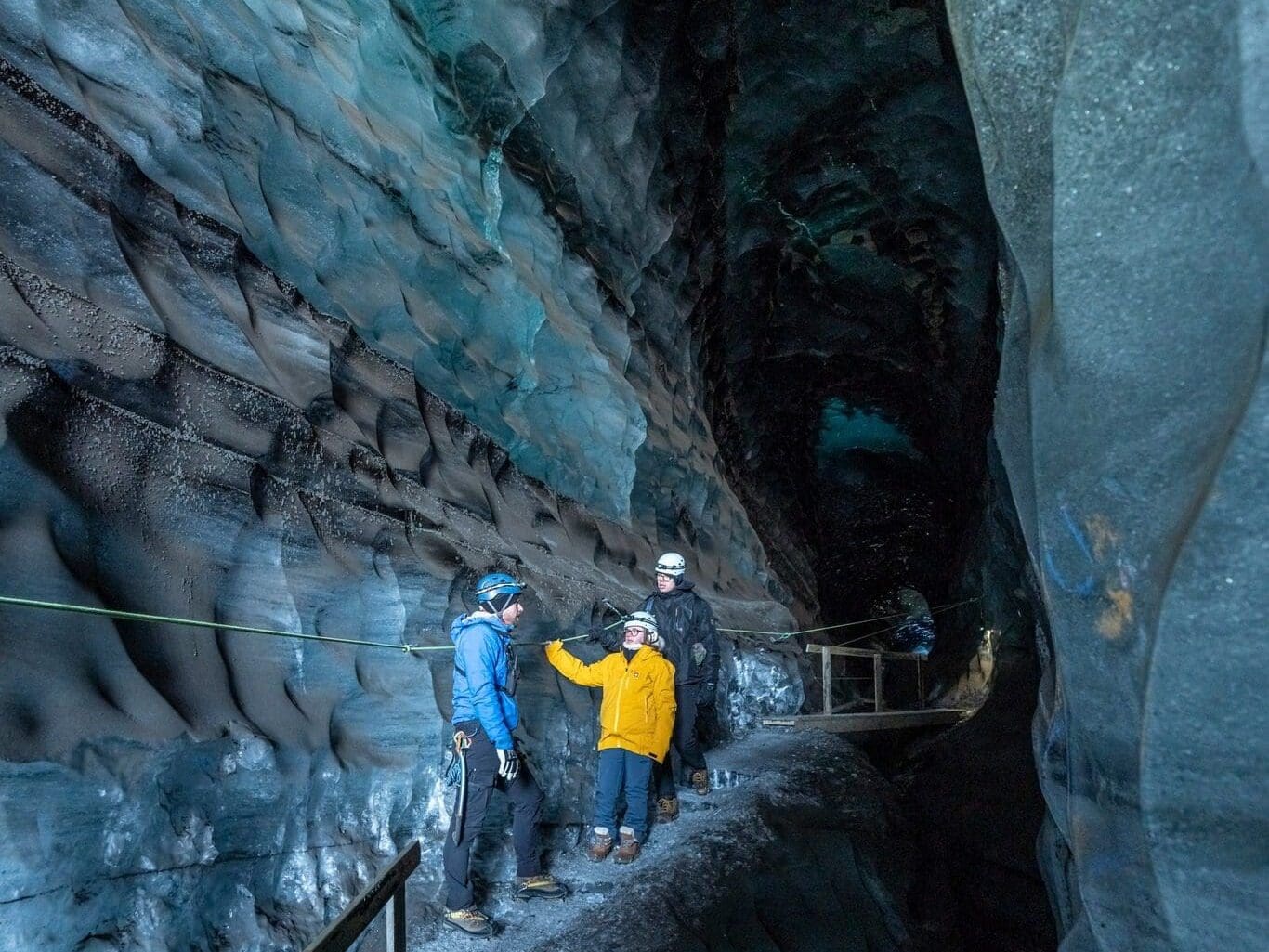
Best season: All year round
Iceland is most famous for its breathtaking natural beauty. In few other places on the planet do glaciers stretch from the peaks of volcanoes down to the sea. And with eruptions every year or two, it’s a country that’s still being formed.
To explore these dramatic landscapes, there are no “best” months to visit Iceland. Instead, every season offers something special. In winter, visitors can venture into crystal-blue ice caves, shaped by the movement of glaciers. Meanwhile, travelers who visit Iceland in the summer can uncover hidden gems, like secluded hot springs.
Thrill seekers will find Iceland has adventures for every season. For example, private horseback riding, helicopter tours, or all-terrain vehicle expeditions are offered throughout the year.
5. Culture and festivals

Best season: Fall
Iceland’s extraordinary culture can be experienced at all times of year. But if there’s one season when it’s at its best, it might be fall.
Reykjavík, for instance, comes alive with a series of festivals. Iceland Airwaves, in early November, is probably the most famous, when venues across the capital host international and local musical acts. Before that, September boasts the renowned Reykjavík Jazz Festival, and October brings the Reykjavík International Film Festival.
Many festivals can also be found outside the city. In the countryside, visitors can experience Réttir, the annual rounding up of sheep. It’s an authentic insight into Iceland’s rural culture.
- Learn about Reykjavík's Pride festival in this LGBTQ+ guide to Iceland.
Discover the best of Iceland with Nine Worlds
Iceland is an extraordinary destination in any season. To plan an unforgettable trip, choose the time of year that suits your desired itinerary.
No matter when you time your visit, Nine Worlds can help. As a luxury destination management company with Icelandic roots, we are experts in crafting authentic, experience-driven tours to the Land of Fire and Ice. Every journey we create is completely tailored to our guests’ travel goals and unique preferences.
Contact us to find out more about the experiences we offer, and we will help you plan the perfect trip.
Let us plan the perfect trip
Your bespoke journey begins here. Share any travel preferences in this short form, and one of our local travel experts will be in touch as soon as possible with a customized adventure.
Get startedIcelandic roots
Authentic trips designed by local destination experts
Tailor-made tours
Bespoke itineraries, uniquely tailored for our clients
Commitment to excellence
Hand-picked local guides & first-class accommodation
Trusted & reliable
Personalized service, concierge assistance & 24/7 helpline